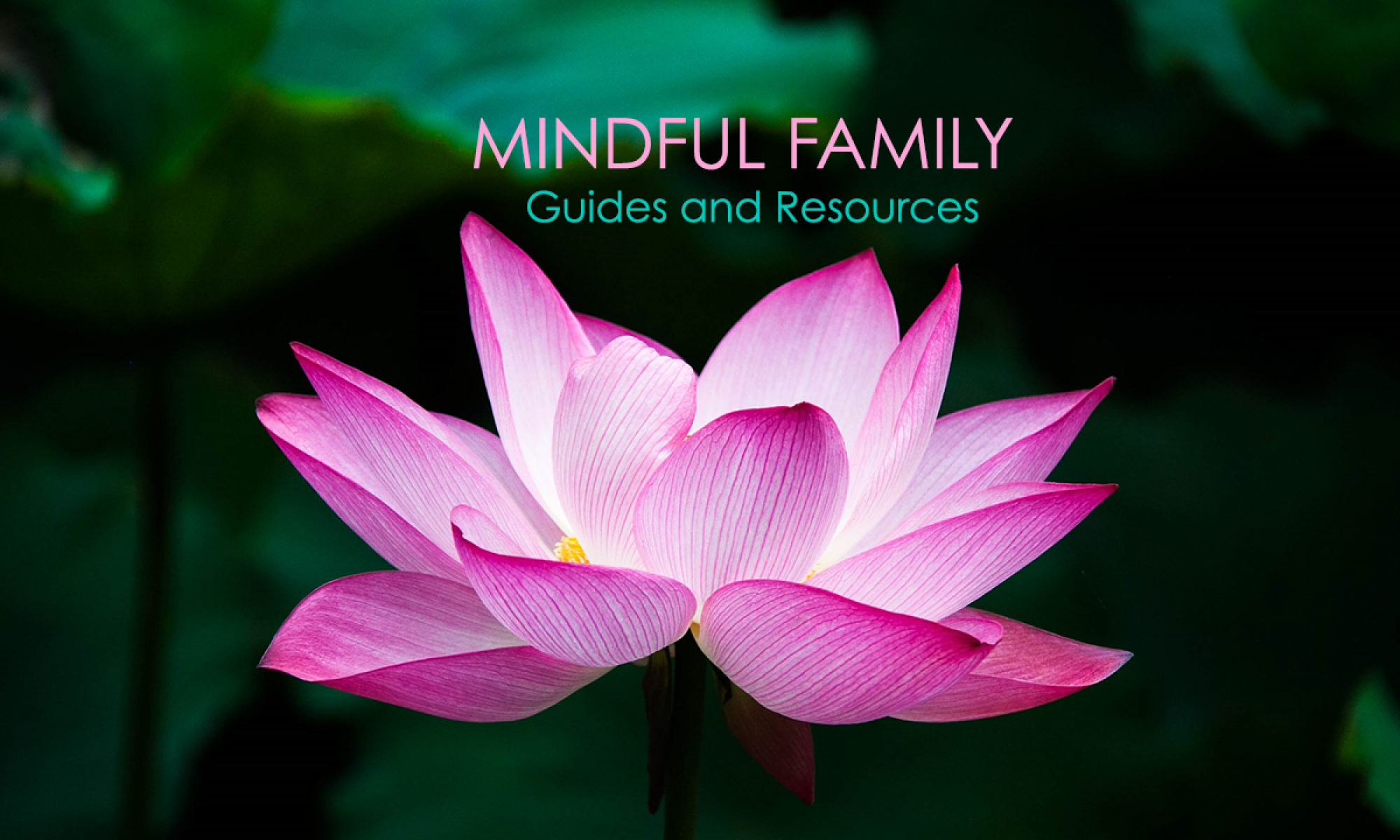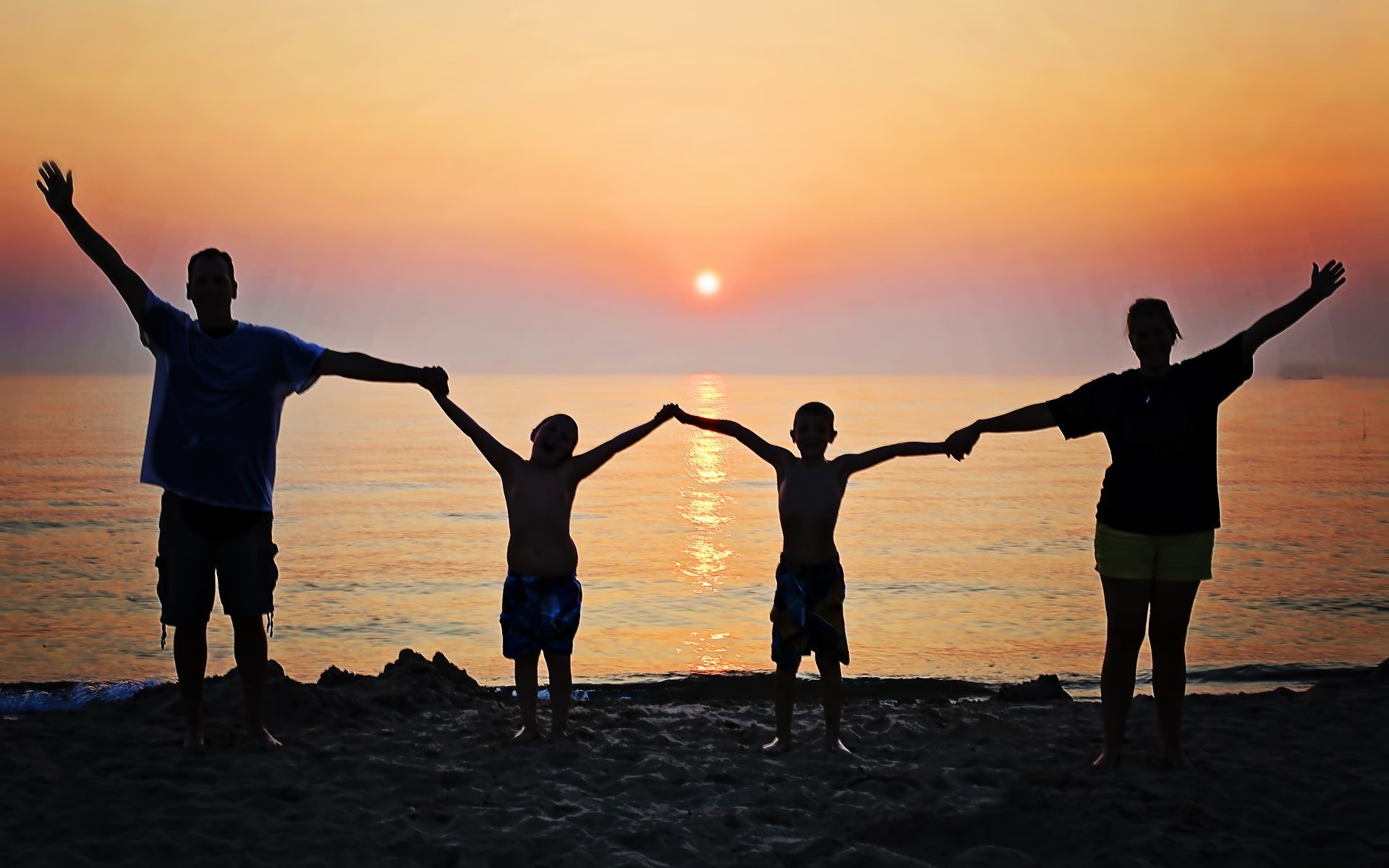By Gurneet Tatla
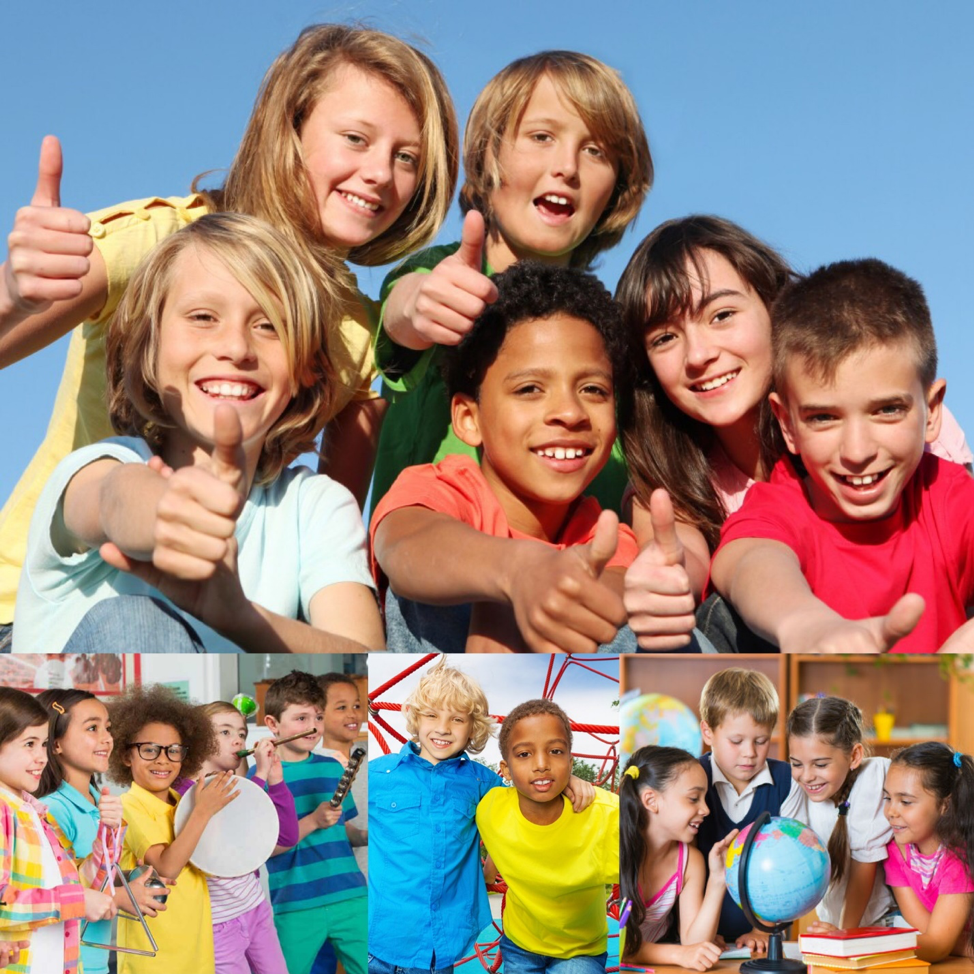
What is Mindfulness?

Parenting is a wonderful mix of joy, worry, laughter, stress, play, frustration, chaos and everything in between (Marlowe, 2013). Mindfulness is a technique parents can use to detach themselves from the craziness of the outside world to focus on their feelings in the present moment (Sheridan, 2016). Creating moments of complete awareness can be a challenge for parents of older school aged children, aged 8 to 11 due to their biological, psychosocial, and cognitive growth and developmental changes (Perry, Hockenberry, Lowdermilk, & Wilson, 2013). Therefore, parents must pay attention to these factors because it influences their children’s health and well-being. Even though parenting children ages 8 to 11 can be challenging, it can also be hugely rewarding because parents can watch their children grow up and guide them through new experiences. Mindful parenting isn’t about being the “perfect parent” but being present in the parenting process, with all it’s ups and downs (Marlowe, 2013). Through mindfulness techniques such as meditation, breath awareness, body scan, and many more, parents can learn to be more present in their everyday lives (Marlowe, 2013; Sheridan, 2016). It can also enhance parents’ connection with their children (Marlowe, 2013). Mindfulness is something a parent can do on their own or with their family as a bonding experience.
About Children
Parents of school aged children aged 8 to 11 will always be faced with challenges. Oftentimes, children can be the source of a challenge. That’s why it’s important to understand their growth and developmental milestones to paint a vivid picture of their general strengths and limitations, and how they are likely to understand and relate to their world. Understanding biological, psychosocial, and cognitive milestones and achievements enables parents to adjust how they care for and support children to best prepare them to become successful and fulfilled in their lives (Perry et al., 2013).
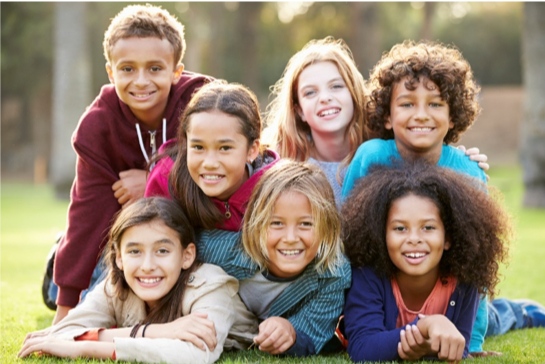
Biological Development
- Growth in height and weight begin slowly
- Continue to build on and improve gross motor skills; the large-scale body movement skills such as walking and running that they first learned during earlier developmental stages
- Physical maturation of systems begins to develop
- 10-year old’s who look physically younger do not want to be treated as though they were younger; this can be a disservice to them
- Beginning to develop competence and self esteem
- Prepubescence begins in later school aged childhood years (Morelli & Dombeck, 2018; Perry et al., 2013)
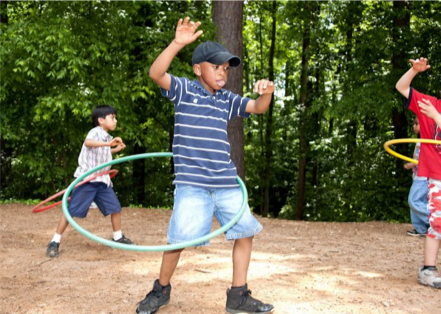
Psychosocial Development
- Make great strides in terms of their ability to recognize emotions in themselves and others, control their own emotions, and communicate about emotions, both expressively and with language
- They gain satisfaction from exploring their environment and from interaction with peers
- Develop a sense of industry (sense of accomplishment)
- Want to develop skills and participate in meaningful and socially useful work
- Are becoming useful, contributing members of their social communities
- Reinforcement in the form of material rewards, privileges, and recognition provides encouragement and stimulation
- Want adults to give them skills they can work at, learn from, and try to master (Morelli & Dombeck, 2018; Perry et al., 2013)

Cognitive Development
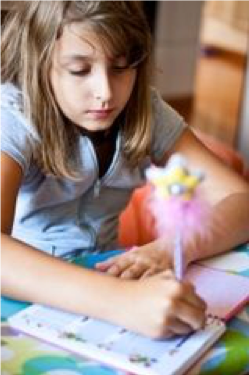
- “Concrete operations-” when school-aged children from ages 8 to 11 can use thought process to experience events and actions
- Starting to develop a relationship between things and ideas
- Beginning to develop classification skills and can group and sort objects
- Beginning to develop and understand relational terms and concepts
- Older school aged children (10-11) come to understand cause-and-effect relationships and become adept at mathematics and science
- The capacity to explore and expand their knowledge is enhanced by reading and writing (Morelli & Dombeck, 2018; Perry et al., 2013)
Being a Mindful Parent
Parenting often provides daily challenging experiences. For example, everyone is buckled in the car and ready to go to school and one child states they need to go back inside to use the washroom. After driving for 3-5 minutes, another child points out they forgot their lunch at home. At this point, the parent is running late, and their anxiety level is increasing. Although in the big picture these events are minor, they still cause frustration. Practicing mindfulness exercises will help parents live in the present moment and remain peaceful and relaxed (Sheridan, 2016). It will help reduce anxiety levels and help enhance concentration (Marlowe, 2013).

Here’s a mindfulness exercise guide for parents to develop the skills needed to handle stressful situations with older school-aged children, aged 8 to 11:
- With your busy schedules and high stress jobs, it’s easy to lose sight of your children’s experience. Try to look at the world from the point of view of your child. Try to do this everyday and let go of your own point of view for a few minutes.
- Listen carefully by focusing without distractions such as TV, social media, and phones. Be fully engaged as you listen to the stories your child shares with you.
- Attempt to see your child as perfect just as they are. Accept them even when it’s difficult. At the end of the day, invite yourself to reflect on a positive moment that you had with your child. Even it has been a particularly challenging day, recall a pleasant moment that you had with your child or reflect on something that you appreciated about your child.
- Focus on what your expectations are for your child and how you communicate those expectations. Do you have their best interest in mind?
- Take a mindful walk. While paying attention to your breathing and the way the ground feels under your feet, observe your surroundings. Listen for sounds you typically overlook such as leaves rustling or a pine cone falling from a tree. Let stressful thoughts go and focus on the sights, smells and feelings in the present moment. Although nature is relaxing, a mindful walk can occur anywhere, even a busy street or mall.

Focus on your Breathing
Find a comfortable and stable posture either sitting or lying on your back. Allow your back to be straight but not rigid. Let your arms and hands rest in a relaxed position. Close your eyes.

Bring your attention to the present moment by noticing how you’re feeling physically. Scan your body from head to toe and consciously try to let any tension slip away. Take a moment to notice your environment – any sounds you might hear in the background, what the temperature feels like in the room.
Then, bring your attention to your breathing from three vantage points:
First, notice the sensation of your breath going in and out of your nostrils or mouth.
Second, as you breath, pay attention to the rise and fall of your chest.
Third, notice the rise and fall of your belly as you breath.
Pick the vantage point that seems to be the easiest for you to focus on. Follow the breath for its full duration, from start to finish. Notice that the breath happens on its own, without any conscious effort. Some breaths may be slow, some fast, some shallow or deep. You don’t need to control the breath, you just need to notice it.
(Marlowe, 2013; Mindfulness Exercises, 2018; Sheridan, 2016)
Note: Practice the skills when you are not in a stressful moment. It may seem difficult at first but with consistency and repetition, you will become skilled (Sheridan, 2016). Eventually you will find yourself automatically engaging in these mindful behaviours. You will find your parent-child relationship improves as your response to minor stressful situations become driven less by anxiety (Marlowe, 2013).
Mindfulness as a Family
Practicing mindfulness as a family gives older school-aged children, aged 8 to 11 a safe environment to express their emotions in a non-judgmental manner. This sharing creates an opportunity for parents and the children to be accountable for their behaviors. Mindfulness shows families how they can change their behaviors individually and as a family unit (Marlowe, 2013). It also helps enhance connections with one another.
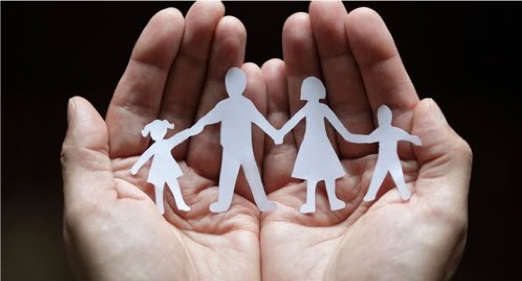
Family Friendly Mindfulness Exercises
Mindful Eating
Ask everyone to spend the first few minutes silently playing with the food in their mouth, noticing the varied sensations of taste, texture and temperature. It’s normal for the mind to wander. When you’ve realized the family has stopped focusing, simply remind everyone to be mindful of their food.
Silence periods
During enforced quiet periods, everyone does their regular routine in silence. Start with 5-10 minutes and work up to an hour or more. Other types of communication such as writing, signalling, and sign language should be discouraged. You will notice that the world is more vibrant because your other senses are heightened.
Meditation
Turn down the lights, have your phones turned off, and have everyone sit on the floor for a few minutes. The most common type of meditation is focusing on the breath. Children ages 8 to 11 can focus on their breathing by pretending to smell a flower while breathing in and pretending to blow a leaf while breathing out.
(Marlowe, 2013; Sheridan, 2016)
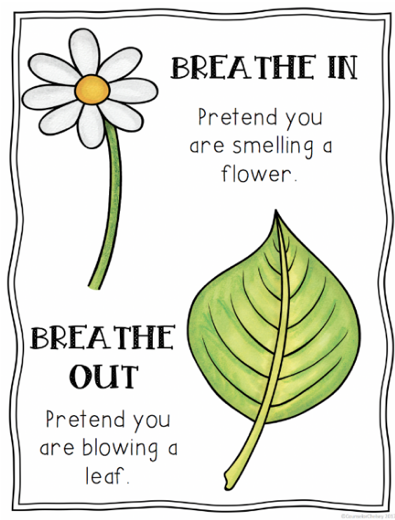
Benefits of Mindfulness
Being a parent to older school aged children can be stressful. Decades of research have shown the mental health benefits of mindfulness and meditation. Since mental health has been linked to overall health status, practicing mindfulness can aid in maintaining immune function and improving a parent’s general well-being physically, emotionally, mentally, and spiritually (Goldstein & Goldstein, 2016). Moreover, mindfulness can help parents reduce anxiety and depression, increase body satisfaction, improve cognition, and help the brain reduce distractions to heighten complete awareness. Whether choosing to meditate or utilizing a different mindfulness path, taking time daily to focus on mindfulness is worth it because it allows a parent to be in tune with their feelings to better react to stressful moments with their child. Furthermore, practicing mindfulness as a family can enhance a parent’s connection with their children and vice versa.
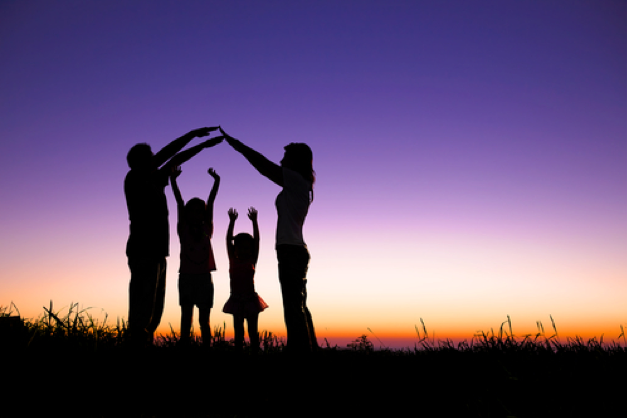
Try My Mindfulness Technique Video
Please click on the link below for a 2-minute YouTube demonstration on how parents and their school aged-children can practice mindfulness individually and together as a family:
Video created by Gurneet Tatla
2 mins, November 2018
Mindful Parent Resources
Mindful Changes

Mindful Changes is a blog created by Shahin Najak, a mother, certified Yoga instructor and Reiki practitioner, and a mindfulness teacher based in Vancouver BC. This resource allows individuals to stay in touch with her workshops and programs in Vancouver and across Canada. Mindful Changes is about sharing and teaching the practice of mindfulness with adults, parents, children, adolescents, and students and teachers within the education system. Shahin Najak’s mission is to inspire individuals to learn and practice mindfulness with tools and strategies that will help individuals to become more resilient to daily stressors. This resource offers mindfulness training and tools for individuals who want to live a more meaningful life.
URL: https://www.mindful-changes.com/
Mindful Families

Mindful Families is a blog created by Sara Marlowe, a mother, author, and clinical social worker. She incorporates mindfulness into her work with children, teenagers, adults, parents and families. This resource provides tips on mindful parenting and how to be a mindful kid. It also offers techniques and exercises on how parents and their children can incorporate mindfulness into their everyday lives individually and together as a family. Sara Marlowe also offers links to her mindfulness books, programs, workshops and meditation videos for everyone of all ages.
URL: http://www.mindfulfamilies.ca/
Mindful: Healthy Mind, Healthy Life

Mindful: Healthy Mind, Healthy Life is an online magazine subscription that inspires and connects individuals who want to explore mindfulness to enjoy better health, more loving relationships, and a compassionate society. A new mindfulness issue is published bi-monthly and offers personal stories, evidence-based research, and practical advice. The magazine also offers insights that speak to anyone from parents looking for guidance to better connect with their children to corporate managers exploring new ways to cultivate workplace engagement and fulfillment.
Settle Down, Pay Attention, Say Thank You: A How-To: Kristen Race at TEDxMileHighWomen

Dr. Kristen Race is a brain scientist who specializes in how stress affects the brain. She uses her knowledge in this Ted Talk to help individuals live more mindful and less stressful lives. In this YouTube video, Dr. Race shares simple techniques parents and the whole family can enjoy, helping them feel happier, healthier, calmer, and less stressed out.
URL: https://youtu.be/Awd0kgxcZws
The Best Meditation Apps for Parents

Parents are always on the go, from managing their children’s daily activities, their jobs, and daily errands such as grocery shopping. Sometimes it’s challenging for parents to find the time to be mindful due to their busy schedules. The Best Meditation Apps for Parents, gives parents information on the best mindful apps to help them slow down and focus on the present moment. Parents can subscribe to apps like Headspace, Happify, Shine Text, Spire, Smiling Mind, Mind the Bump, and many more on their smartphones and tablets to practice mindfulness through motivational articles and quotes, exercises, and activities. For example, Headspace is a personalized mindfulness coach that can provide parents with daily meditation and exercises to stay mentally healthy. Happify will allow parents to select the mental health and wellbeing goals they want to focus on. Then it will give them activities they can do to help meet those goals, such as mediation and mindful walking. Spire is an invisible mindfulness and activity tracker that’s recognized in continuous- respiration sensing, real-time interventions and actional feedback. Spire can also help parents keep track of their sleep and activity. This resource will inform parents of all the possible apps they can download so they can pick the ones that best suit their needs.
URL: https://www.activekids.com/parenting-and-family/articles/the-best-meditation-apps-for-parents
References
Goldstein, E., & Goldstein, S. (2016). Raising the Mindful Family. Retrieved from https://www.mindful.org/raising-the-mindful-family/
Marlowe, S. (2013). Mindful Practices for Parents. Mindful Families. Retrieved from http://www.mindfulfamilies.ca/index.php/mindful-families/mindful-parenting/practices-for-mindful-parenting
Mindfulness Exercises. (2018). Mindfulness Exercises for Parents. Retrieved from https://mindfulnessexercises.com/mindfulness-exercises-for-parents/
Morelli, A. O., & Dombeck, M. (2018). Child Development Theory: Middle Childhood (8-11). Retrieved from http://www.mhsso.org/poc/view_doc.php?type=doc&id=37673&cn=1272
Perry, S., Hockenberry, M., Lowdermilk, D., & Wilson, D. (2013). Maternal Child Nursing Care in Canada. (1st ed.). Ontario, Canada: Elsevier.
Sheridan, C. (2016). The Mindful Nurse: Using the Power of Mindfulness and Compassion to Help You Thrive in Your Work. Charleston, SC: Rivertime Press.
